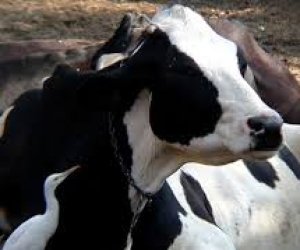Human, fly and worm genome surprisingly similar

Researchers studying the genome of a human, fly and worm have discovered that they are more similar than one would think.
The similarities reflect their shared ancestry, in addition to offering insight into embryonic development, gene regulation and other biological processes critical to understand human biology.
According to Nature World News, "Scientists from the National Human Genome Research Institute (NHGRI) studied more than 67 billion gene sequences from humans, flies and worms, and found that all three species share a great deal of gene expression patterns, particularly for developmental genes."
While it may not appear like it, this information is vital because it says a lot about human biology.
"One way to describe and understand the human genome is through comparative genomics and studying model organisms," Mark Gerstein from Yale University, lead author on one of the papers, said. "The special thing about the worm and fly is that they are very distant from humans evolutionarily, so finding something conserved across all three - human, fly and worm - tells us it is a very ancient, fundamental process."
The ways in which DNA is packaged in the cell, programs for turning on and off genes and the gene expression levels for both protein-coding and non-protein coding genes are comparable among them, Auto World News reported.
The species also had similar features of chromatin, specifically how it was organized.
"These findings give us a map of highly important regions of the genome that will guide the scientific community in future research projects related to cell biology and, in extension, to disease," Sarah Djebali, co-author of one of the papers, added.
"The modENCODE investigators have provided a valuable resource for researchers worldwide," added NHGRI Director Eric Green, Ph.D. "The insights gained about the workings of model organisms' genomes greatly help to inform our understanding of human biology."
The study on the human, fly and worm genome and DNA was published in the journal Nature.
Bakudaily.Az




































 Photo
Photo 



 Video
Video 

